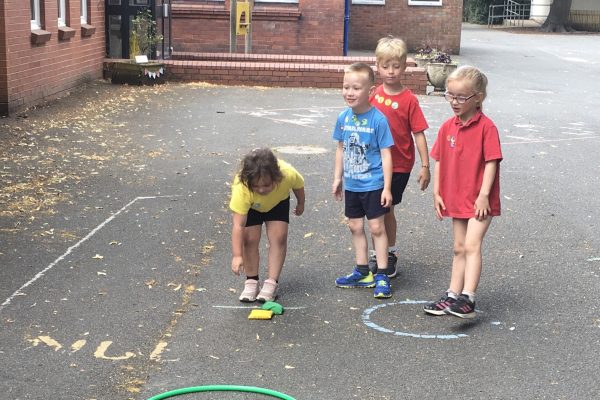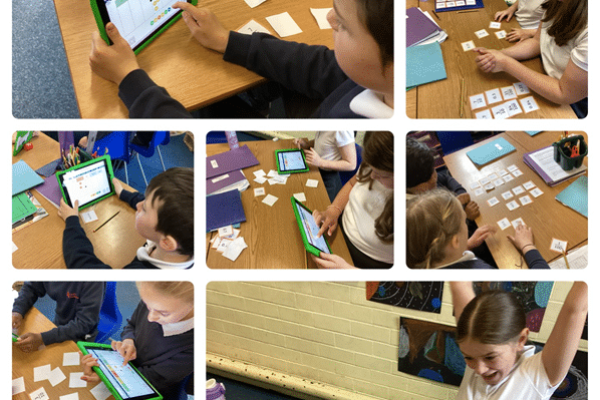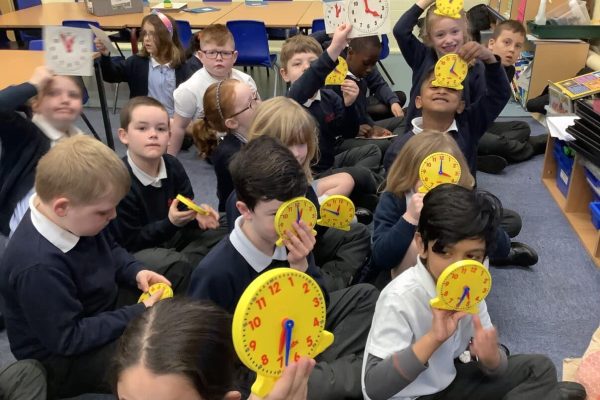Maths.
Lord Scudamore Academy is committed to the lively and engaging delivery of mathematics across the age ranges and curriculum.
Lord Scudamore Academy is committed to the lively and engaging delivery of mathematics across the age ranges and curriculum. For children to access the majority of their learning in numeracy, a strong and confident grasp of the four number operations is important; using formal and informal written methods and mental strategies.
We use concrete apparatus such as numicon and pictorial representations to develop deep, conceptual understanding of mathematical ideas as well as using talk maths which encourages children to discuss their mathematical concepts.
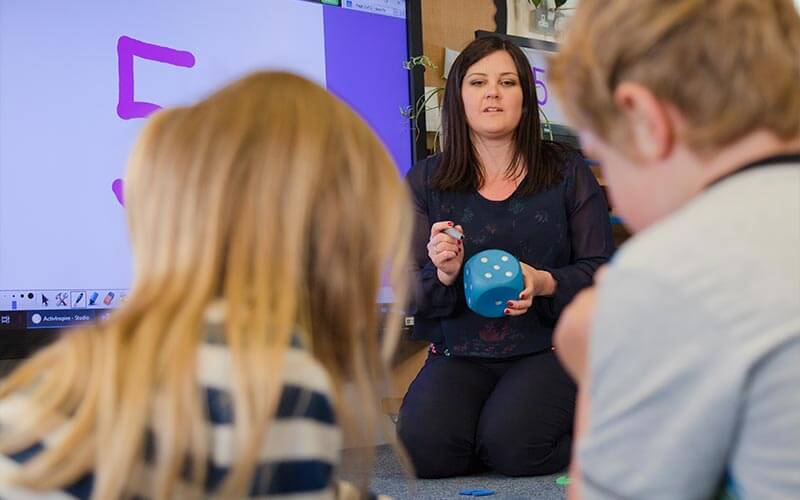
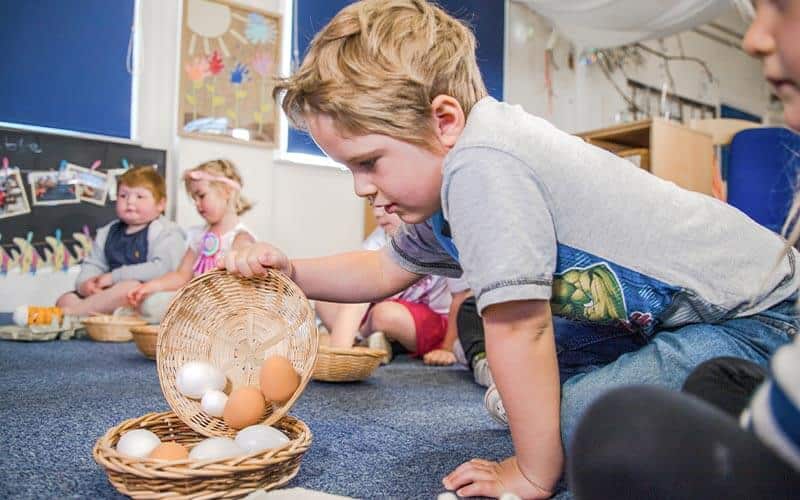
All teachers use MyMaths for lessons and to set homework for their classes and maths groups regularly. MyMaths is a fully interactive, online mathematics learning solution for children of all ages and abilities. It helps the children to develop their understanding of mathematics through a variety of engaging activities, games and assessments. MyMaths lessons are clearly laid out and they fit current recommended practice.
We encourage children to talk about their mathematical tasks in order to help foster a sense of engagement and curiosity in mathematical concepts. Children are encouraged to question, test and develop mathematical ideas and to reason clearly about their discoveries. Tasks and routines that promote discussion and ideas are incredibly useful in creating a reasoning and sense-making culture.
Maths games are useful for creating a context for developing use of mathematical reasoning and games and investigations are used often within lessons. Children really enjoy participating in talk maths activities and enjoy discussing and listening to other children’s answers and the different ways of finding an answer.
- Children should estimate before calculating an answer.
- Children should be given the opportunities to determine if a calculation can be done in their head or using a written method.
- Children should check their answer (for example by using the inverse operation).
- Children should practice their multiplication and corresponding division facts (up to and including 12 x 12) until they know them off by heart.
- Teachers move children on when it is appropriate.
- Teachers encourage children to use alternative, secure methods to check their answers and draw links.
- Teachers use models and images to support the learning of written and mental methods of calculation.
- Regular dialogue where pupils can self-assess their structured targets which are set by the class teacher.
- Children participate in daily basic skills sessions to secure their understanding of the four rules
Addition:
- Count out each set of numbers to find the total (using counters)
- Count on from the largest number using a number line
- Partition numbers and adding the tens first (for example 56 + 37 = (50 + 30) + (6 + 7) = 80 + 13 = 93)
- Addition using the formal written column method
Subtraction:
- Count out each set of numbers and remove a given number (using counters)
- Count back on a number line
- Partition numbers and counting back in tens
- Subtraction using the formal written column method
Multiplication:
- Using visual stimulus and multiplying in twos, fives and tens
- Use arrays and number lines to count in multiples
- Multiply numbers by using a partitioning grid
- Multiply numbers using a compact method (written column method)
Division:
- Use arrays to find groups of numbers
- Use known multiplication facts and partition numbers
- Short division using the bus stop method
- Long division using the written method
During these maths activities, children have to work together (sometimes with children in different year groups) to overcome some of the challenges which they may face in Mathematics and think about the different strategies they would consider using to overcome these.
This encourages their confidence to grow and as a result improves their skills in Mathematics.
These initiatives and resources include:
- Maths Ambassadors (use of numicon)
- Maths Challenge Day
- Herefordshire Mathematics Competition
- Chatterbags
- Maths Buzz
- Brain busters maths boxes

